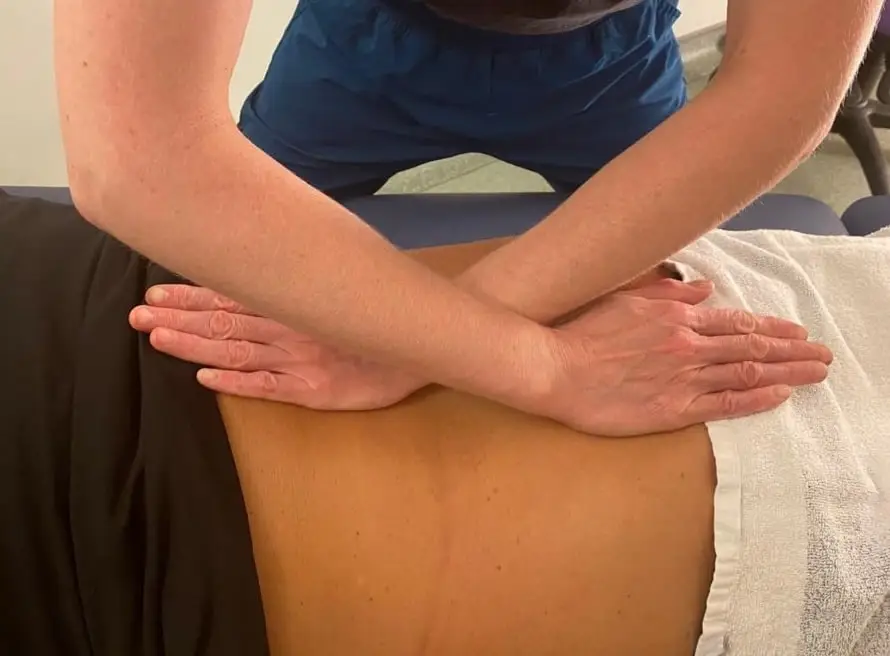I recently trained with Ruth Duncan of Myofascial Release UK, one of the leading teachers in this technique. MFR is partly aimed at releasing restrictions in the soft tissues and fascia, connective tissue that covers everything in our body, including each muscle fibre. Some techniques feel like a good stretch or a ‘freeing up’, and improvements can be made in range of movement and posture. We could explain this partly by the fact that fascia is also connected to nerve endings and mechanoreceptors, and so it plays a part in proprioception (our sense of ourselves in space) and coordination.
So, you may choose MFR for physical tension, imbalance or injury recovery. But also, other techniques can potentially help conditions such as sinusitis and jaw tension/temporomandibular joint dysfunction, and it may help alleviate chronic pain. This is probably due to the relaxing, slow and gentle nature of the technique, which taps into the limbic system and relaxes the nervous system – although we cannot state for certain the exact mechanisms behind it. However, scientific research suggests there are several explanations, and year on year, we gain more insight with each new discovery.
MFR can be applied either as a standalone treatment, or in combination with other treatments, i.e. the other types of massage I do, or indeed acupuncture. No oil or wax is applied. We go down to the right depth with gentle pressure, tuning into the fascia and warming up the tissues. We feel for where the restrictions are, apply compression and decompression techniques, and follow the movements in the tissue. Many patients feel very relaxed and report improved sleep after a treatment.
